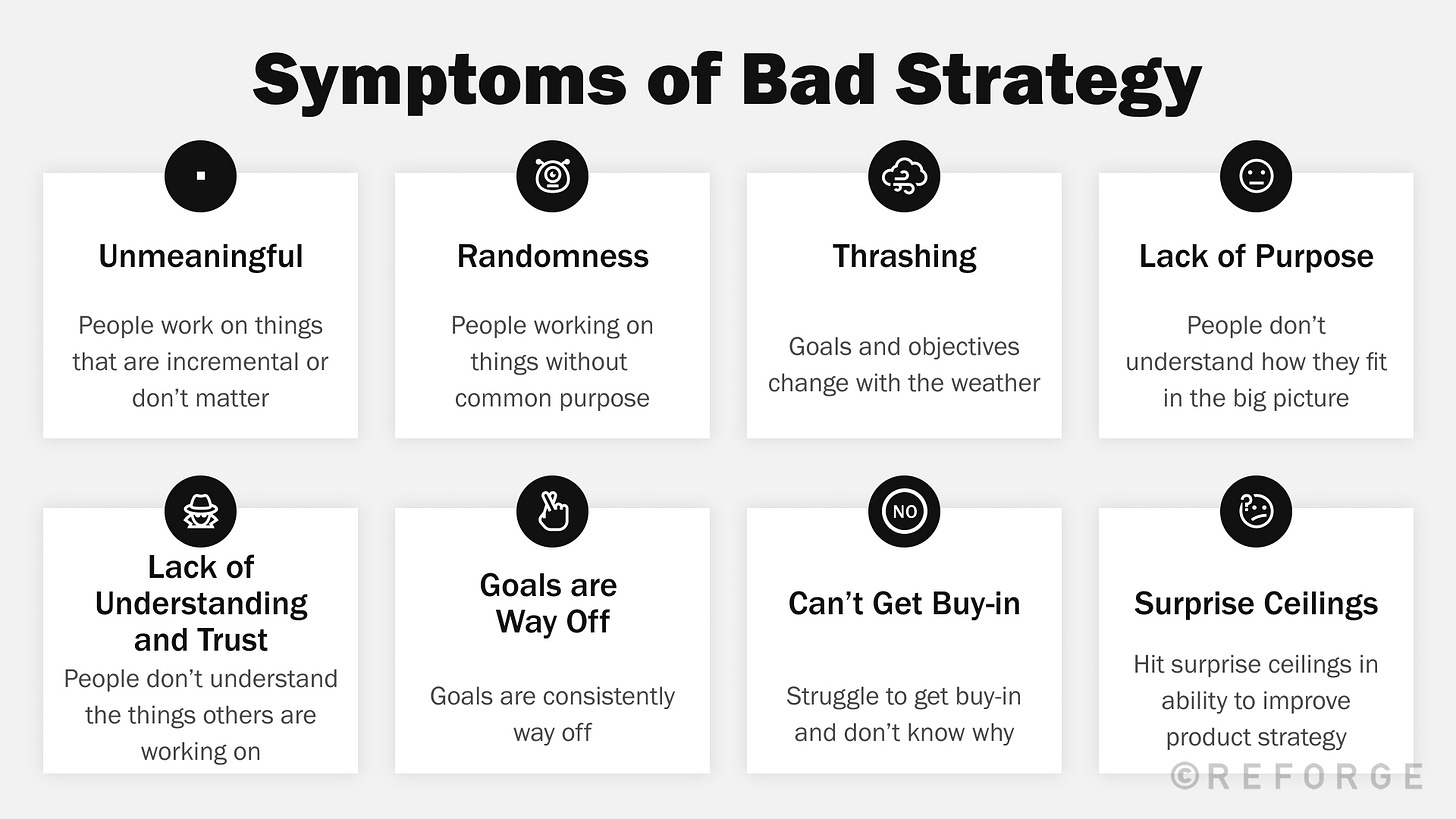The 33rd Edition - [SPECIAL] The Strategy Edition
Did you know that the price for a can of AriZona ice tea has remained unchanged (99c) for over 30 years?
Today’s edition is on my favourite topic: strategy.
The reason why I love it so much, and why I think others should enjoy it, is that it’s very much about modelling the reality.
A friend of mine equated playing a game to modelling a reality.
You play, you get feedback, you adjust.
You have an idea for how it all works, but you don’t know for sure.
At first, it’s frustrating.
But over time, you learn more about the reality, and the game gets interesting.
I love modelling the reality like a big equation: f(x) = a + b + c (well, it’s never that trivial, but you get the point). Nothing is more exciting than discovering the strategy, wiring it up to signals in the reality and then tweaking the levers.
Many things can be said on this topic, but I’ll let others speak for me.
Read: “The Crux” by Richard Rumelt
I’m reading the follow-up to Richard Rumelt’s excellent “Good Strategy/Bad Strategy” (which is a must-read).
It’s called “The Crux: How Leaders Become Strategists”.
Here are some of my favourite quotes so far:
A strategy is a mixture of policy and action designed to surmount a high-stakes challenge. It is not a goal or wished-for end state. It is a form of problem solving, and you cannot solve a problem you do not understand or comprehend.
We also understand planning as a ‘process.’ The only problem is that process doesn’t produce strategy—it produces plans.
The dirty little secret of the strategy industry is that it doesn’t have any theory of strategy creation.
The idea that a person or organization has one or two primary driving goals is simply not true. It is a fantasy invented by economists and certain management thinkers. The reality is that most people and organizations have “a bundle of ambitions.” Some things in this “bundle” conflict with one another—not all can be achieved together.
I think of strategic challenges as arising in three basic forms: choice, engineering design, and gnarly. Most that I see are gnarly, perhaps because companies don’t ask for help with easier ones.
You solve a gnarly challenge by beginning to dig into the nature of the challenge—in figuring out “what is going on here.” What is the paradox or central knot of the thing? What constraints might be relaxed?
Well, enough of these… Maybe one more:
Go buy the book and read it - even if you think you’re a strategy pro.
Watch: How To Read a Wardley Map
While Richard Rumelt doesn’t talk about any specific strategy methods, one that has emerged in the last decade is the somewhat confusing, but always fascinating Wardley Mapping approach.
I’ve mentioned it several times in the past issues (#1, #5, #7, #29), and this time, it’s a 4-minute video on how to read a Wardley Map:
Remember
Unless you're lucky, strategy development is slow, that's why it's important to start it early.
Itamar Gilad, product management consultant (source)
Being strategic is being less myopic—less shortsighted—than others.
Richard Rumelt, author (source)
Consider
Symptoms of Bad Strategy:
(source)
Strategy From The Game Go: If your opponent makes a move that doesn't warrant an immediate response, focus your next move elsewhere on the board. (source)
Strategy Kernel Canvas: I’ve been using this format to craft strategies in various situations. It’s missing a few things that you can get elsewhere (like SWOT), but it packages up the key aspects nicely. It forces you to think and to expose this thinking. (It’s much more a thinking tool than a communication tool.) Try it out and let me know what you think. (source)
How would you rate this week's newsletter? 🤔
If you found this newsletter valuable, consider sharing it with friends, or subscribing if you haven’t already.
Have a great week ahead & see you next week.






